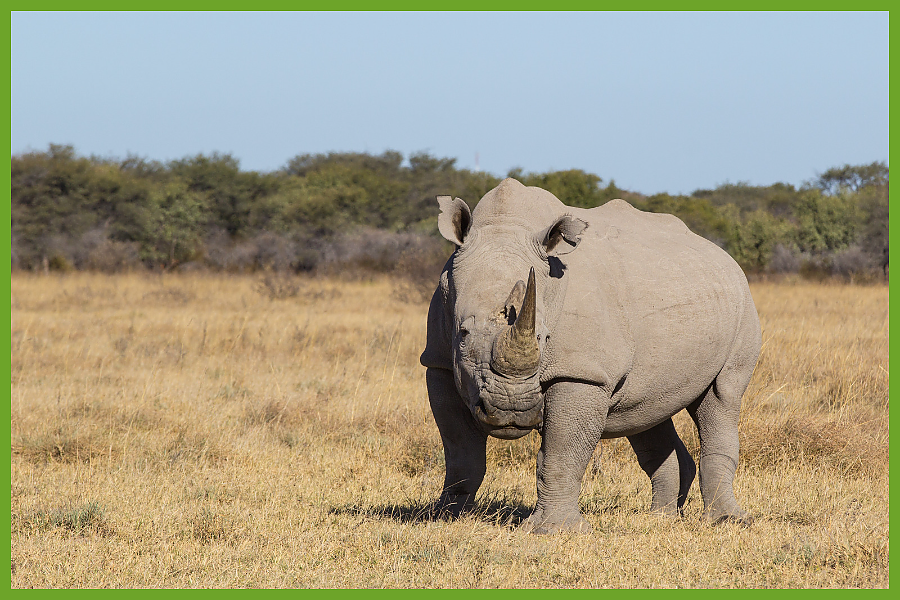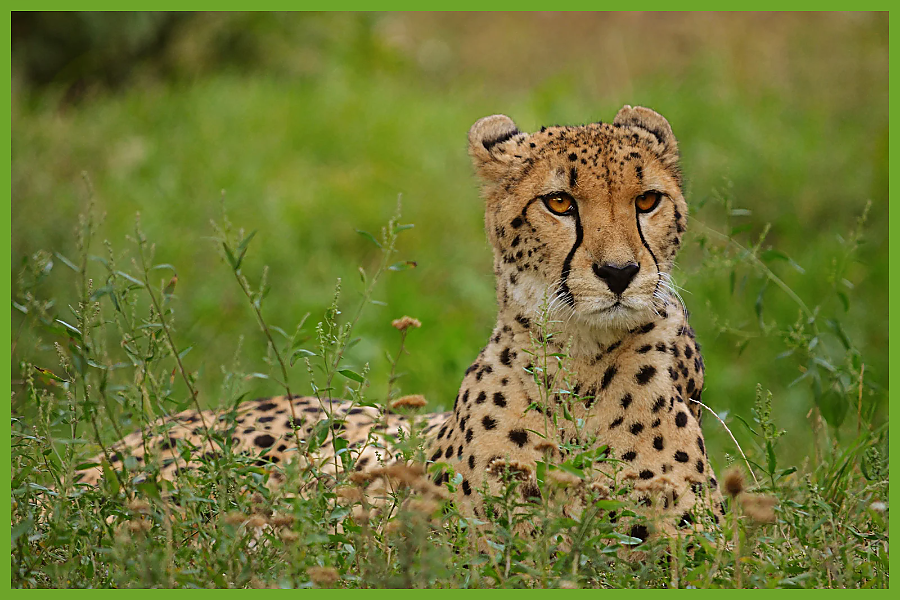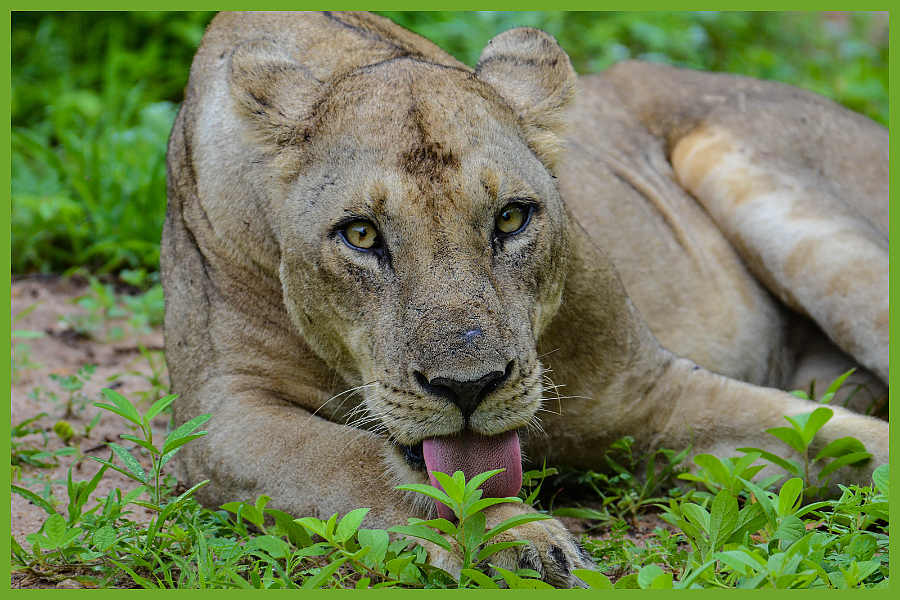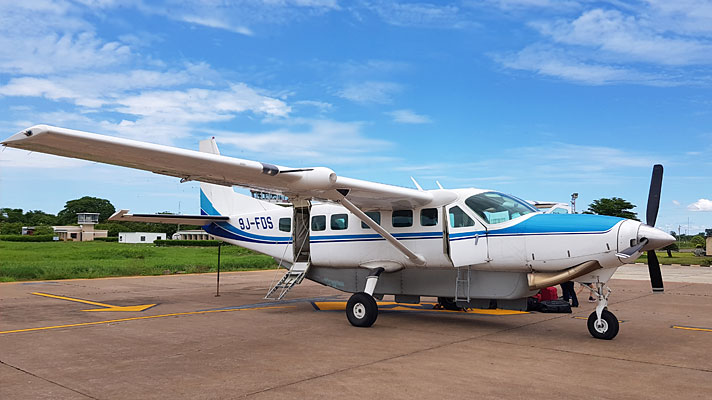Endangered species are plant or animal species that are at risk of extinction or becoming extinct in the near future. These species are facing significant threats to their survival, typically as a result of human activities, such as habitat destruction, pollution, climate change, overhunting, and invasive species.
The International Union for Conservation of Nature (IUCN) is a globally recognised organisation that assesses the conservation status of species and maintains the Red List of Threatened Species. The Red List categorises species into different levels of endangerment, including:
1. Critically Endangered: Species facing an extremely high risk of extinction in the wild.
2. Endangered: Species facing a very high risk of extinction in the wild.
3. Vulnerable: Species facing a high risk of extinction in the wild.
4. Near Threatened: Species that may be considered threatened in the near future.
5. Least Concern: Species that are widespread and abundant, with a low risk of extinction.
6. Extinct in the Wild: Species that exist only in captivity or as a cultivated population, with no known individuals surviving in the wild.
7. Extinct: Species that no longer exist.
ENDANGERED SPECIES FOUND IN ZAMBIA
Zambia is home to a rich variety of wildlife. Here is a list of some endangered species found in Zambia:
1. African Elephant (Loxodonta africana)
These magnificent creatures face significant threats, including habitat loss, poaching for ivory, and human-wildlife conflict. Zambia is home to both savanna elephants and forest elephants, and their populations have declined in recent years.
2. White Rhinoceros (Ceratotherium simum)
The primary threat to the White Rhinoceros is poaching for their horns, which are highly valued in illegal wildlife trade markets.
3. African Wild Dog (Lycaon pictus)
These unique and highly social carnivores face several threats, including habitat loss, human-wildlife conflict, and disease transmission from domestic dogs.
4. Cheetah (Acinonyx jubatus)
Cheetah populations have significantly declined throughout their historical range, including Zambia, due to various threats such as habitat loss, fragmentation, poaching, and conflict with humans.
5. Lion (Panthera leo)
In Zambia, lions are facing several threats such as habitat loss, human-wildlife conflict, poaching, and the illegal wildlife trade. These factors contribute to the decline of lion populations in the country.
6. Leopard (Panthera pardus)
Leopards in Zambia inhabit diverse habitats but they are threatened by factors such as habitat loss, fragmentation, illegal wildlife trade, and human-wildlife conflict.
7. African Buffalo (Syncerus caffer)
Populations of African buffalos can face localised threats due to habitat loss, hunting, and disease outbreaks such as bovine tuberculosis and foot-and-mouth disease.
8. Thornicroft's Giraffe (Giraffa camelopardalis thornicrofti)
Thornicroft's Giraffe is primarily threatened by habitat loss, habitat fragmentation, and poaching. The giraffes in this subspecies are found in a relatively small and isolated area, which makes them particularly vulnerable to these threats.
There are several ways individuals can contribute to the conservation of endangered species in Zambia. Here are some actions you can take to make a positive impact:
1. Support Conservation Organisations: Consider donating to reputable organizations working on endangered species conservation in Zambia, such as Conservation Lower Zambezi, Game Rangers International, or Zambia Carnivore Programme. Your financial support can aid their efforts in anti-poaching, habitat protection, research, and community outreach.
2. Volunteer: Many conservation organizations in Zambia offer volunteer opportunities. By volunteering your time and skills, you can directly contribute to wildlife conservation projects on the ground. This may involve activities such as wildlife monitoring, habitat restoration, community education, or research assistance.
3. Promote Sustainable Tourism: When visiting wildlife reserves or national parks in Zambia, choose tour operators and accommodations that prioritize sustainable practices and responsible wildlife viewing. Respect the guidelines and regulations in place to minimise disturbance to endangered species and their habitats.
4. Educate Yourself and Others:Learn about the endangered species in Zambia and the challenges they face. Share this knowledge with others to raise awareness about the importance of conservation. Engage in discussions, use social media platforms, or organise educational events to promote the protection of endangered species.
5. Support Community Engagement:Recognise the significance of local communities in wildlife conservation. Support initiatives that involve and benefit local people, as their cooperation and sustainable livelihoods are vital for successful conservation efforts. Encourage community-based conservation projects and products.
6. Practice Responsible Wildlife Consumption: If you're in Zambia and have the opportunity to try local cuisine, be mindful of the impact on endangered species. Avoid consuming or purchasing products made from endangered species, such as bushmeat or products derived from wildlife trade.
7. Advocate for Policy Change:Stay informed about wildlife protection policies and advocate for stronger regulations and enforcement. Write to policymakers, join conservation campaigns, or support petitions that aim to improve legislation for the conservation of endangered species.
8. Reduce Your Ecological Footprint: Make sustainable choices in your daily life that reduce your impact on the environment. Conserve water, reduce energy consumption, minimize waste, and choose sustainable and ethically sourced products. Climate change and habitat destruction are major threats to endangered species, so mitigating these factors is crucial.
By taking these actions, you can contribute to the conservation of endangered species in Zambia and help preserve the country's unique wildlife for future generations.





























